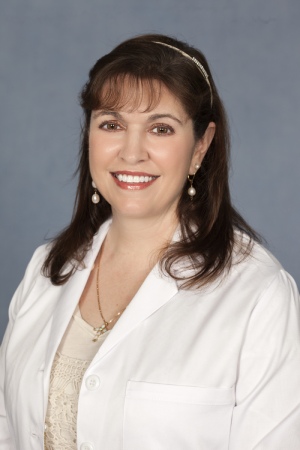What is Autism?
Autism Spectrum Disorder (ASD), as currently defined by the National Institutes of Health (NIH), is a complex group of neurobiological developmental disorders which are characterized by 3 main categories:
- Language – there can be significant developmental delays in both verbal and nonverbal language and communication skills in both receptive language (understanding) and expressive language (speaking).
- Social – any impairments ranging from mild to severe social interaction skills.
- Behavior – there may be repetitive behaviors with characteristic ritualized patterns and possibly destructive and/or disruptive behavioral issues.
What is the Prevalence of Autism?
Currently, the Centers for Disease Control (CDC) estimates that 1 in 36 children is diagnosed with ASD, and it is 4 times more common in boys than in girls. This is the most recent number from 2020 data. In 2000, the number was 1 in 150 children, so ASD is definitely on the rise. This can be due to better diagnosing as well as a true increase in ASD.
What Causes Autism?
Due to ongoing research, we can say with certainty that there is no specific cause of ASD. There are multiple causes, with the 2 most prevalent being genetic and environmental. There are specific defects on certain chromosomes that can be inherited, therefore making it common to run in families. For example, parents who have a child with ASD have a 2-18% chance of having a second child who is also affected. There are also many environmental factors that pregnant women are exposed to, which can affect the developing brains of fetuses, as well as environmental factors that can affect babies’ brains after they are born. Unfortunately, it is almost impossible to try to avoid these factors.
How Can We Diagnose Autism?
There is no specific medical test for autism. Signs and symptoms can vary greatly from child to child, and can range from mild to moderate to severe. Parents are usually the first to notice a problem. The diagnosis can be made from assessing the child’s medical history and developmental history, along with a physical exam, and screening with standardized tools. Standardized developmental screening tests are performed at every well child visit after birth as recommended by the American Academy of Pediatrics (AAP) to detect for any developmental delays. This is why it is so important that parents follow the well child schedule so that any early developmental delays can be addressed immediately. In addition, specific autism screening tests (MCHAT-R – Modified Checklist for Autism – Revised) should be performed at 18 and 24 months as well as specific behavioral screenings at 9, 18 and 30 months.
Here are some indicators that, if present, should guide pediatricians to refer these children immediately for testing:
Early Indicators
- No babbling or pointing by age 1
- No social smile or response to name
- Poor or no eye contact
- No single words by 16 months or 2-word phrases by age 2
- Loss of language or other previously acquired skills
- No pretend or imaginative playing
Later Indicators
- Impaired ability to make friends with peers
- Impaired ability to initiate or sustain a conversation with others
- Absence or impairment of pretend and social play
- Repetitive or unusual use of language
- Inflexible adherence to specific routines or repeated behaviors
How Can We Treat ASD?
There is no cure for ASD, but the medical community has made great strides in treating children with ASD, especially in recent years. As we have come to learn and understand more about ASD, treatments have been developed to aim at coordinating many interventional behavior therapies targeted for each child’s symptoms so as to improve them. Early intervention and early treatment is the key, which can improve learning, communication and social skills early, and help with brain development.
The general consensus is that the earlier the diagnosis can be made and the earlier the intervention is started, the better the outcome for the child. ABA (Applied Behavioral Analysis) is the gold standard for treating ASD. It is a science-backed, intensive approach to improving social behavior in children with ASD and is the most effective and widely researched therapy for ASD. The main goals of ABA are to help ASD children develop new skills, refine learned skills, and reduce problem behaviors. ABA therapy is tailored for each child, and typically these children will attend an ABA center Monday-Friday, from 9-5. It is this intensive therapy that has proved successful in many children with ASD.
Hopefully, as we come to understand more about ASD, diagnoses and therapies will continue to improve to help our children. If you have any concerns about your child’s development, please do not hesitate to contact your child’s pediatrician for further information and evaluation.

Dr. Norina Ocampo is a board-certified Pediatrician with Rainbow Pediatrics of Palm Beach County.
The TopLine MD Alliance is an association of independent physicians and medical practice groups who are committed to providing a higher standard of healthcare services. The members of the TopLine MD Alliance have no legal or financial relationship with one another. The TopLine MD Alliance brand has no formal corporate, financial or legal ties to any of the affiliated physicians or practice groups.




